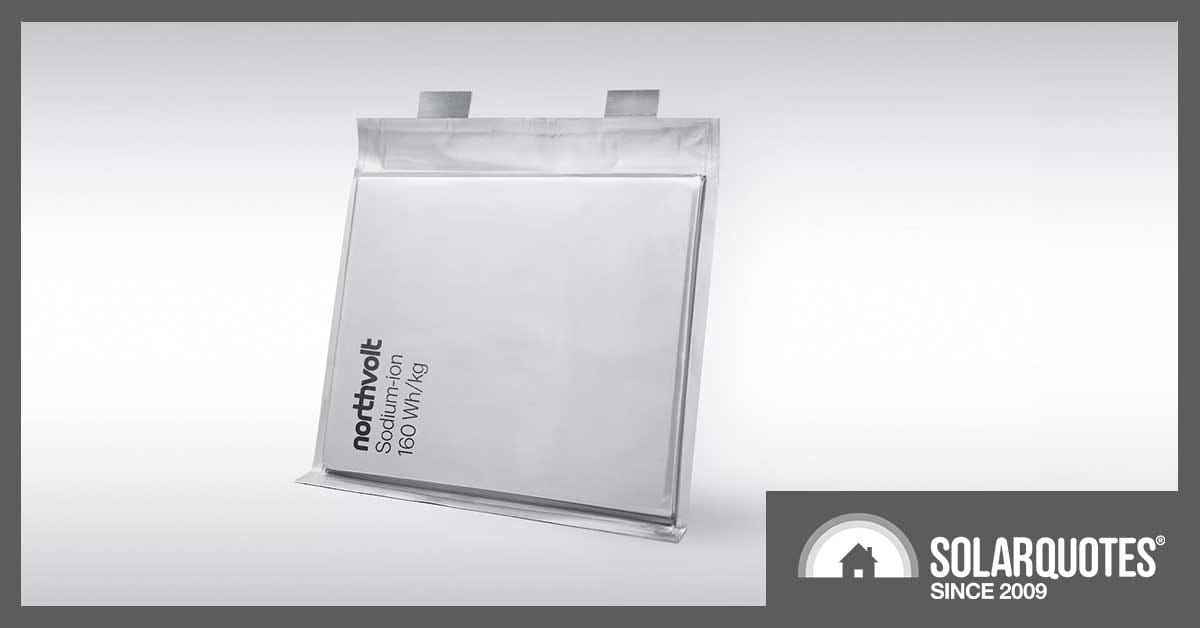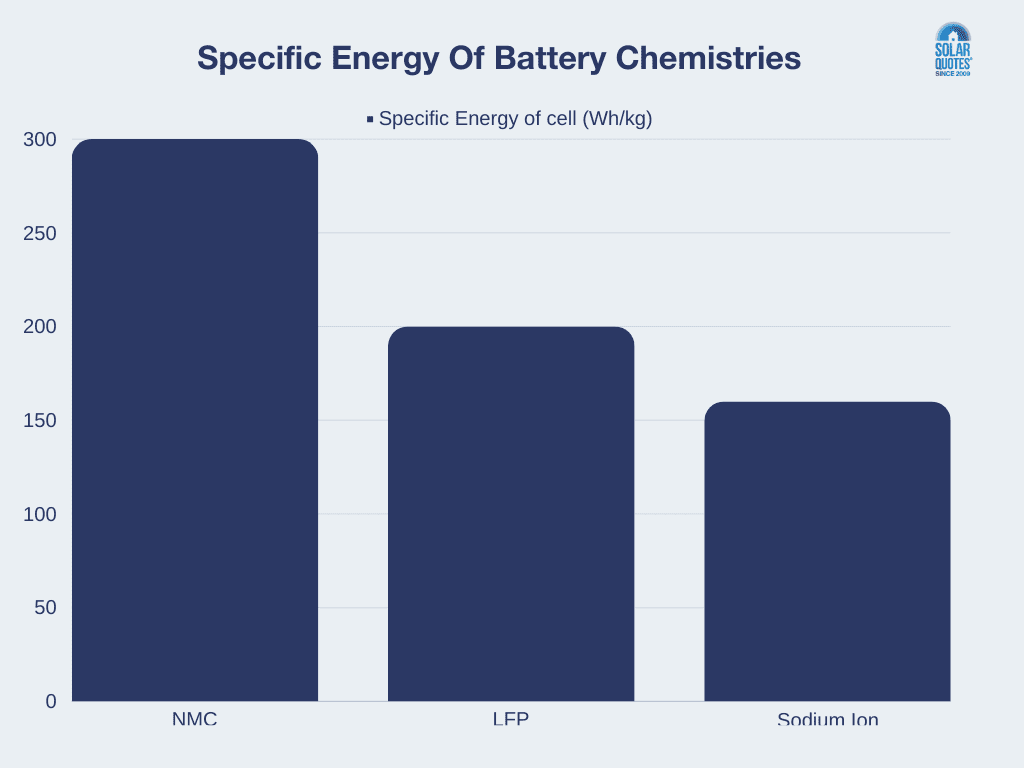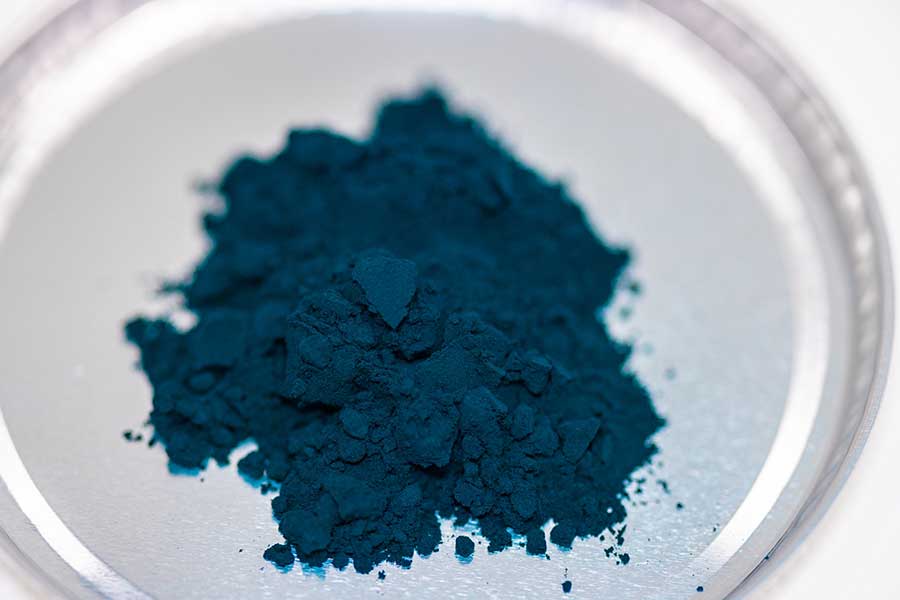
Sweden’s Northvolt is touting a specific energy of 160 watt-hours per kilogram for its newly announced sodium-ion battery cell.
While short of the energy density of the best lithium-ion battery cells – for example, Tesla’s vehicle batteries at the cell level have 190–200 Wh/kg for LFP and 275–300 Wh/kg for nickel-based cells – the density is enough to make sodium-ion a viable stationary battery, using safer and more sustainable chemistries based on iron and sodium.

Northvolt’s press release notes this is
“more safe, cost-effective and sustainable than conventional nickel, manganese and cobalt (NMC) or iron phosphate (LFP) chemistries”.
The battery uses a hard carbon anode and a cathode based on Prussian White.
In case Prussian White is also new to you, I’m going to call on this article from the American Chemical Society:
“Prussian white (PW) is considered one of the most promising cathode materials for sodium-ion batteries because of its large ion diffusion channels, low lattice strain, facile preparation, nontoxicity, and low cost.”
According to Macsen Labs, it’s
“the totally reduced and sodiated form of the pigment known as Prussian Blue. The basic building blocks of Prussian White are sodium, iron, carbon, and nitrogen.”
With what it says is a validated cell, Northvolt reckons it can be the first manufacturer to bring Prussian White-based batteries to the global market.

Prussian White in powder form. Image: Northvolt
Peter Carlsson, CEO and co-founder of Northvolt, said:
“The world has put high hopes on sodium-ion, and I’m very pleased to say that we’ve developed a technology that will enable its widespread deployment to accelerate the energy transition … battery technology like this is also crucial to reach global sustainability goals, by making electrification more cost-efficient, sustainable and accessible worldwide.”
Northvolt developed the battery working with research partner Altris, and the company says the battery also offers low cost and safety at high temperatures.
Northvolt also said it can make the batteries with materials sourced locally in Sweden, giving it independence from the traditional lithium-ion supply chain.
The company says future development work could enable it to build EV batteries.
Sodium-ion battery development has typically struggled with cycle life and also the cell volume expanding when fully charged. Nothvolt claims their sodium-ion batteries have ‘exceptional cycle life’, but there’s no mention of the volumetric expansion issue.

 RSS - Posts
RSS - Posts



Why is it called Prussian White when it looks blue?
Also Sodim Lithium and Potassium are all on the same column in the Periodic table. Pure sodium combust spontaneously. What proff is there for reliability, longevity and safety of this technology?
There is no mention of the price being competitive with LFP. Of course this will be interesting especially with a supposed glut of lithium production dropping it’s commodity price.
Given that our governments seem firmly against any real battery subsidies, we need a real breakthrough in KWh per $ price to get a breakthrough in adoption.
My cynical tendency says batteries are currently priced at just higher than a decent ROI, to maximise the returns for their manufacturers, as they realise they can only just satisfy the demand for early adopters. I suspect the processing of Prussian White will also attract a similar premium to ensure a similar pricing.
Finn- Do you recommend Amprius for solar battery storage?
I’d like to think this non-lithium technolgy has a chance, but attempting to buy and implement LFP/ LI options domestically in Australia has been impossible due to retailer momentum with the mainstream lithium based products. We attempted to install Red flow Z-Cell zinc bromide flow batteries which have all the safety, longevity, temperature tolerance, discharge pattern and capacity we were seeking for our Far North Queensland home but we were thwarted by lack of supply and installer familiarity. Lets hope the potential benefits of alternatives can be delivered to the market without necessarily requiring Mr Musk’s endorsement…